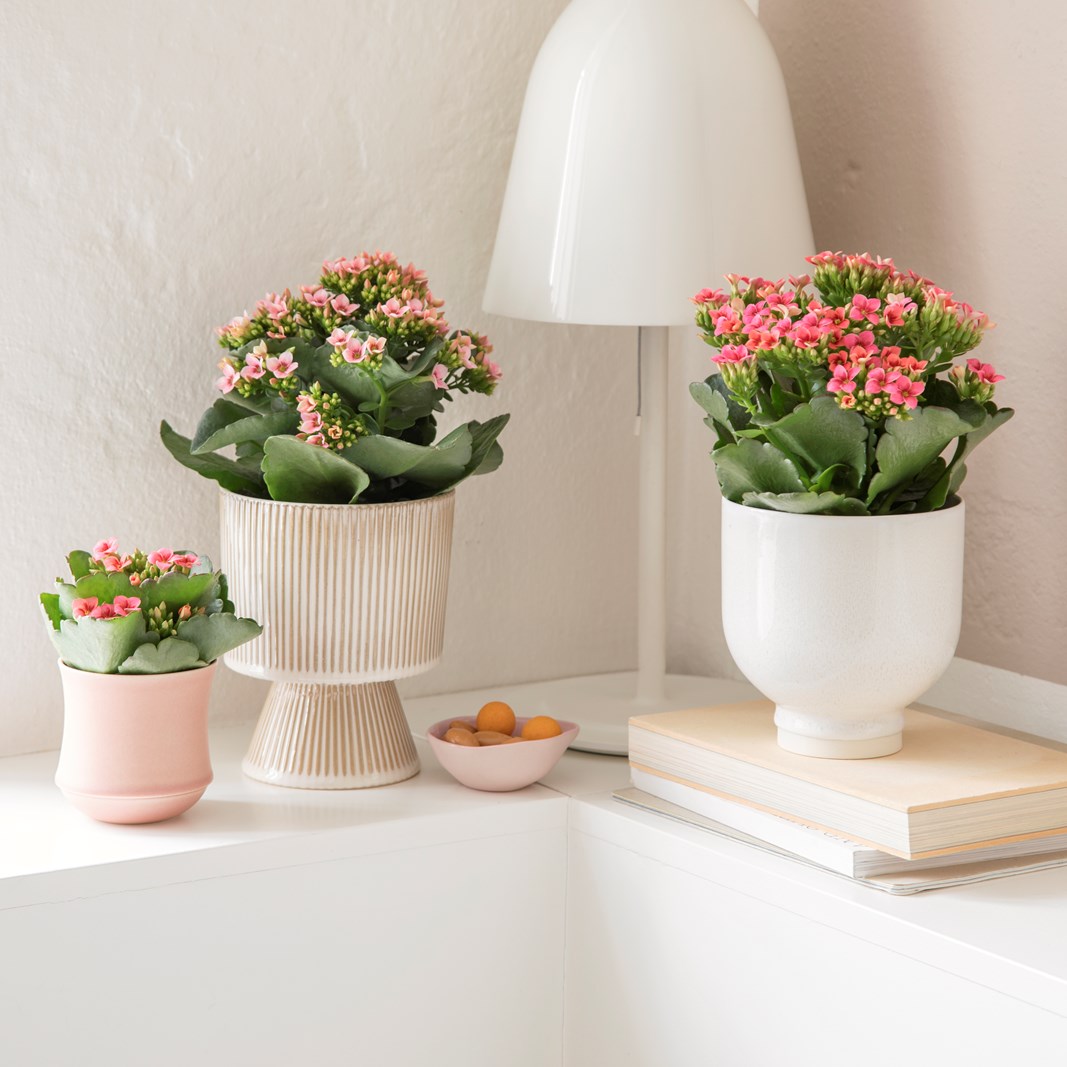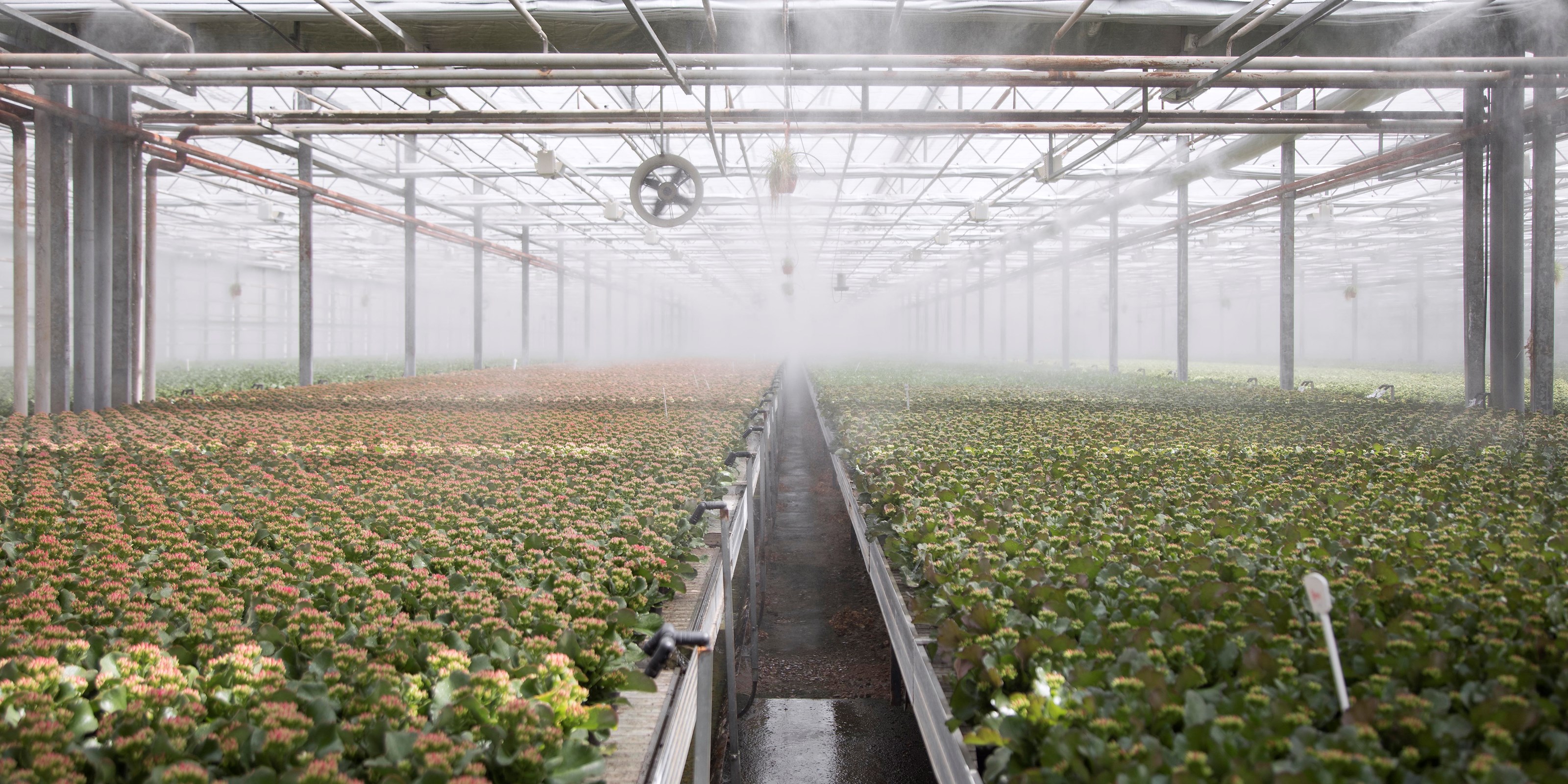
1939: The beginning
In 1939 a grand gardening adventure began. Carl Jepsen and his wife Gudrun bought a field the size of five hectares by Norring Mill, where they started a small outdoor nursery. Together they would found what later developed into the world's leading Kalanchoe production. During the first years they only sold vegetables and fruit. Particularly cauliflower was one of the nursery’s main crops. It was not until later that they began selling flowers.
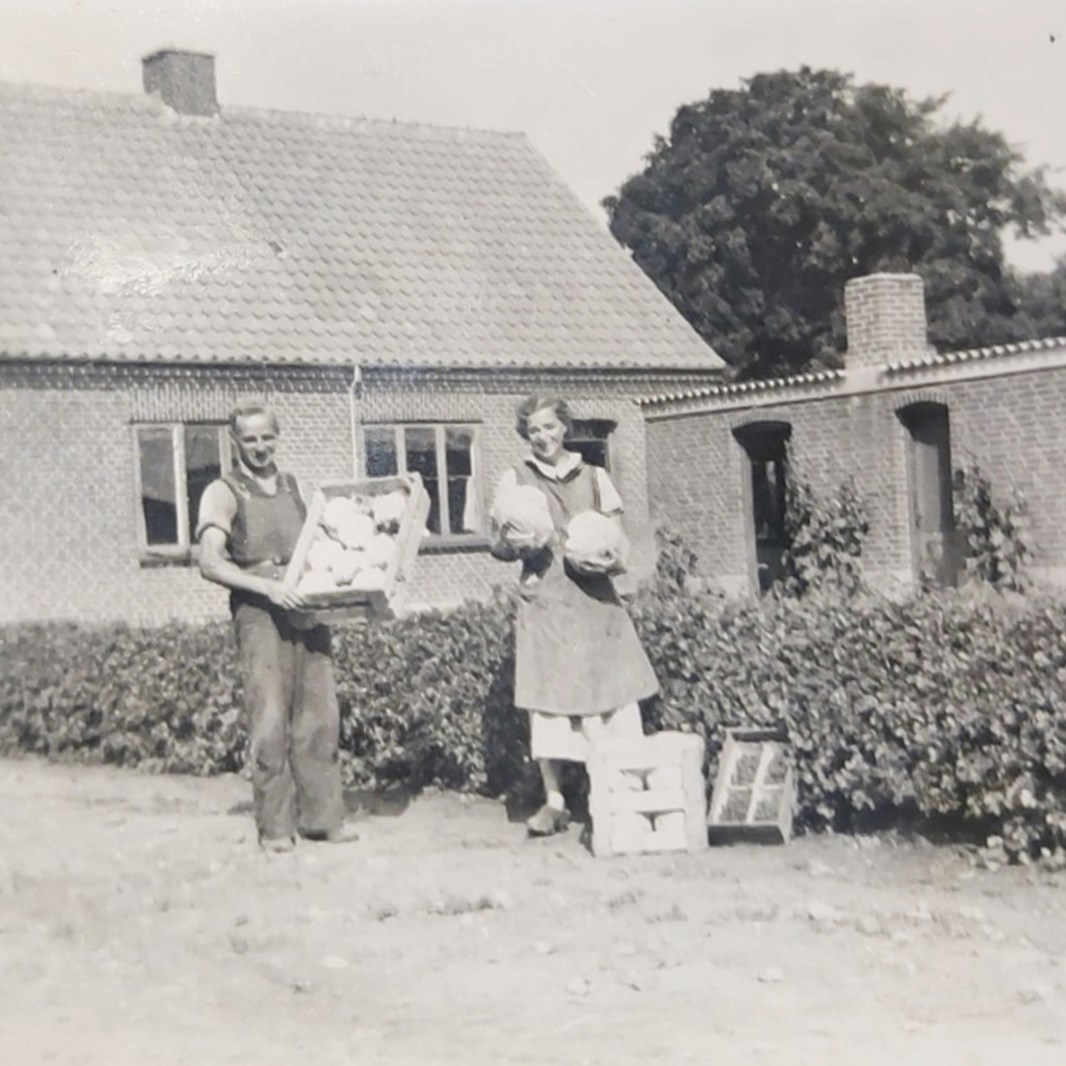
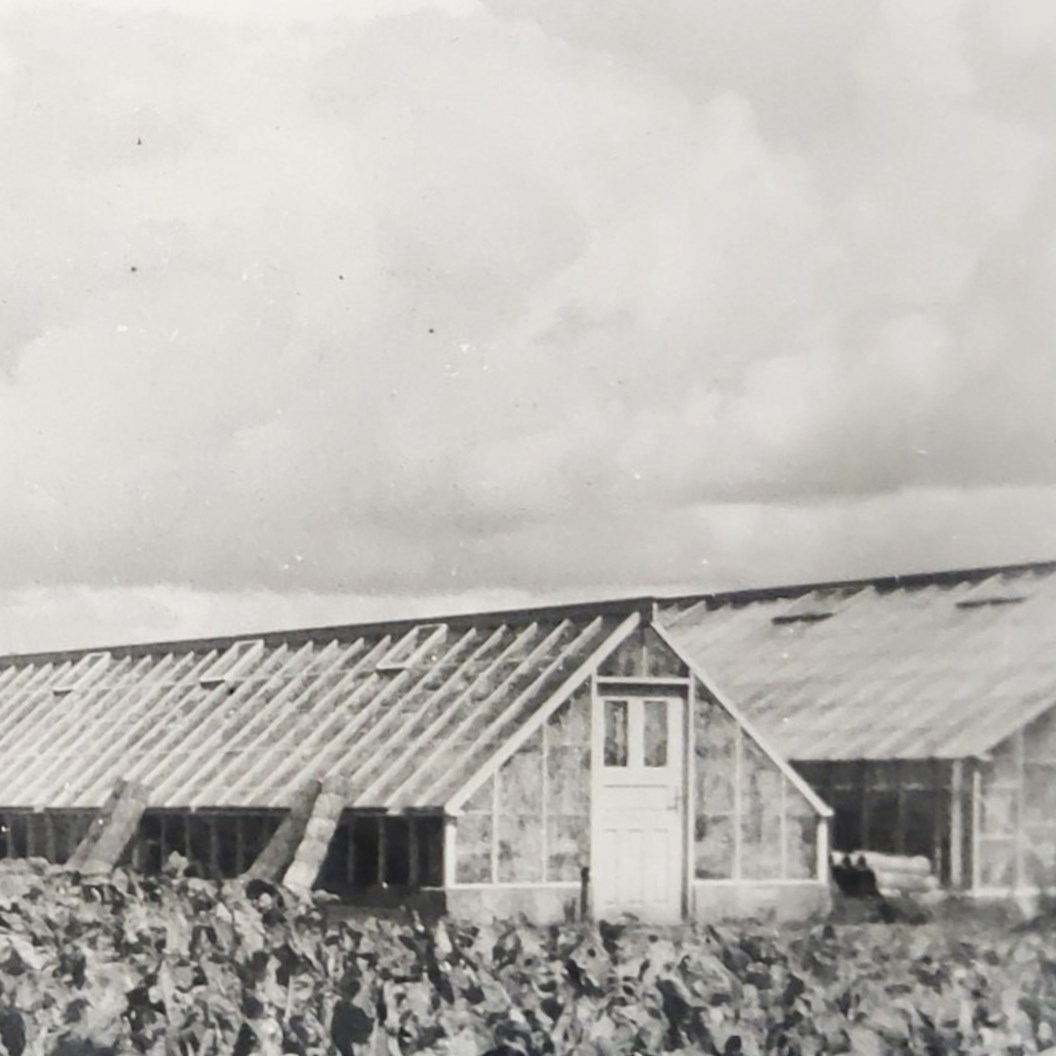
1947: The first greenhouses
By 1947, the first greenhouses were built, and flowers became a part of the daily production. The gardening couple had great success breeding Alpine violets and Christmas roses from the very beginning, and Carl Jepsen became one of the largest suppliers in the Aarhus area.
1963: A new generation
Carl and Gudrun passed on their love of gardening to their eldest son, Knud. Knud started helping out in the nursery as soon as he was old enough. When he finished school, Knud began working as an apprentice. Here he worked mainly with potted plants - among others Kalanchoe. Yet his love of gardening was not the only thing that flourished during his apprenticeship. At the nursery, Knud met Ellen Nørgaard Poulsen, who would later become his wife. Later, they started their own nursery and bought a piece of his father’s land. In 1965, Knud and Ellen welcomed their first child, son Frands.
1972: The first Kalanchoe variety
The first Kalanchoe variety, developed at the nursery of Knud and Ellen, occurred by chance. A mutation had created a plant that differed from all the other plants. It had a red colour that was stronger than the other flowers. It was decided to start propagating this mutated variety to see if it had potential for a larger production.
1975: Expansion of production areas
Since the late 1960s, Knud and Ellen had continuously expanded their nursery. They built more and more greenhouses to keep up with the demand for their flowers. By 1975 they had run out of space to build on, but there was still a big need to expand. So when a nursery nearby was put up for sale, Knud and Ellen bought it. The purchase of the nursery really speeded up the Kalanchoe production. Over the years, Knud and Ellen kept a constant eye on the earnings of the various species - the Kalanchoe won supremely every time.
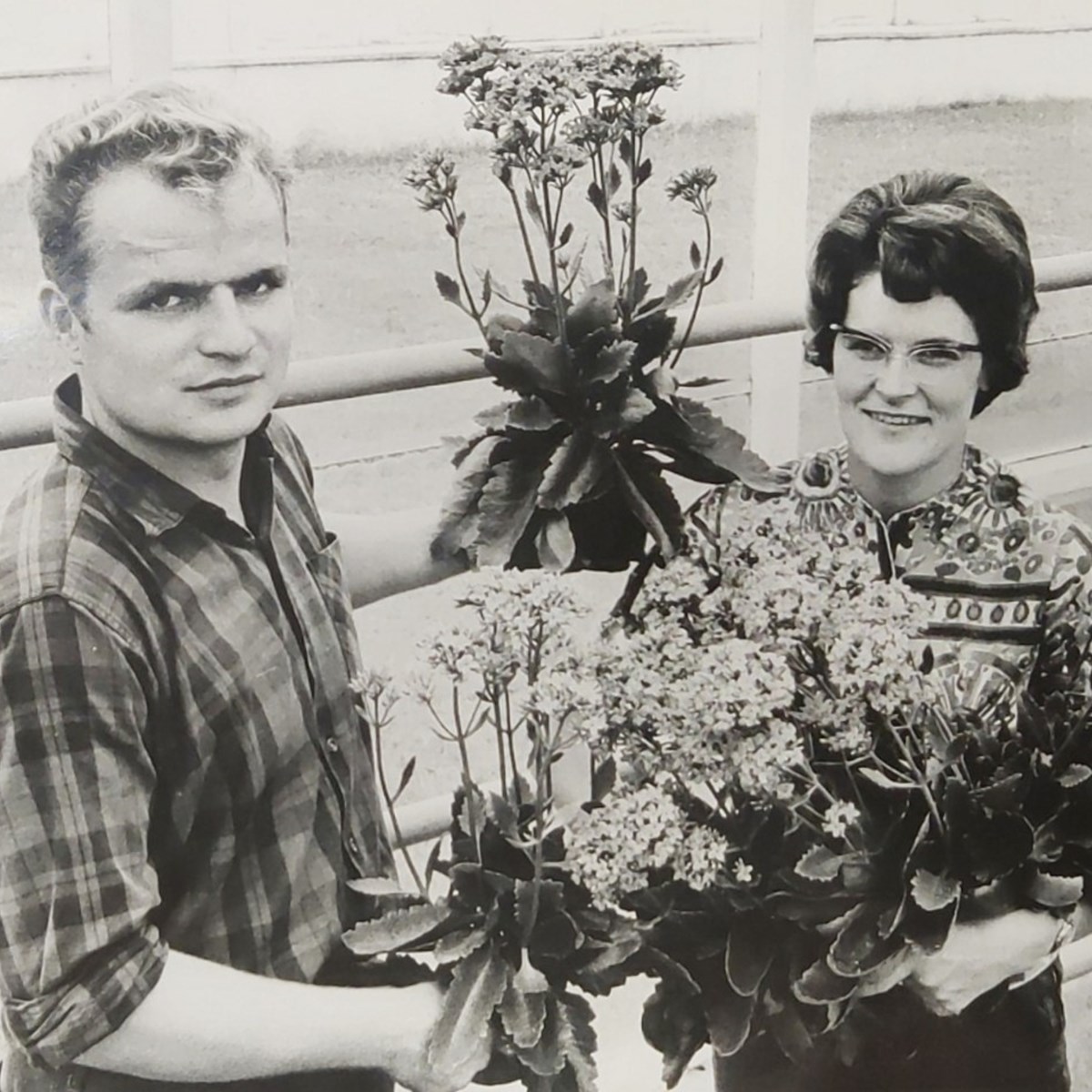
1979: Breeding as a strategy
In 1979, Knud made a decision that became fundamental to the survival of the nursery. Breeding and product development became a regular part of the nursery's daily routine. Knud and Ellen knew that if they were to continue producing Kalanchoe for years to come, development was needed - preferably towards more colour varieties and greater longevity. The breeding was initiated out of curiosity and because of a desire to create something new and unseen for the European flower market. The hard work resulted in the broadest assortment of ethylene resistant, quality plants, which were rewarded with many awards and medals both nationally and internationally.
1980: The son, Knud, takes over the nursery
In 1980, Carl and Gudrun decided to stop working as gardeners and let their son Knud take over their greenhouses. Just five years later, Carl's old greenhouses were demolished. They had to make way for a new, modern greenhouse, so Knud could keep up with the increasing demand of high quality Kalanchoes.In 1983, A/S Knud Jepsen was established as a public limited company, owned by Knud, Ellen and their two children, Kirsten and Frands. In the 90s, it was time to expand the production capacity once again, so the number of greenhouses was doubled. A/S Knud Jepsen was able to produce six million Kalanchoe a year in the late 1980s and developed into being able to produce around ten million Kalanchoe a year in the early 1990s.
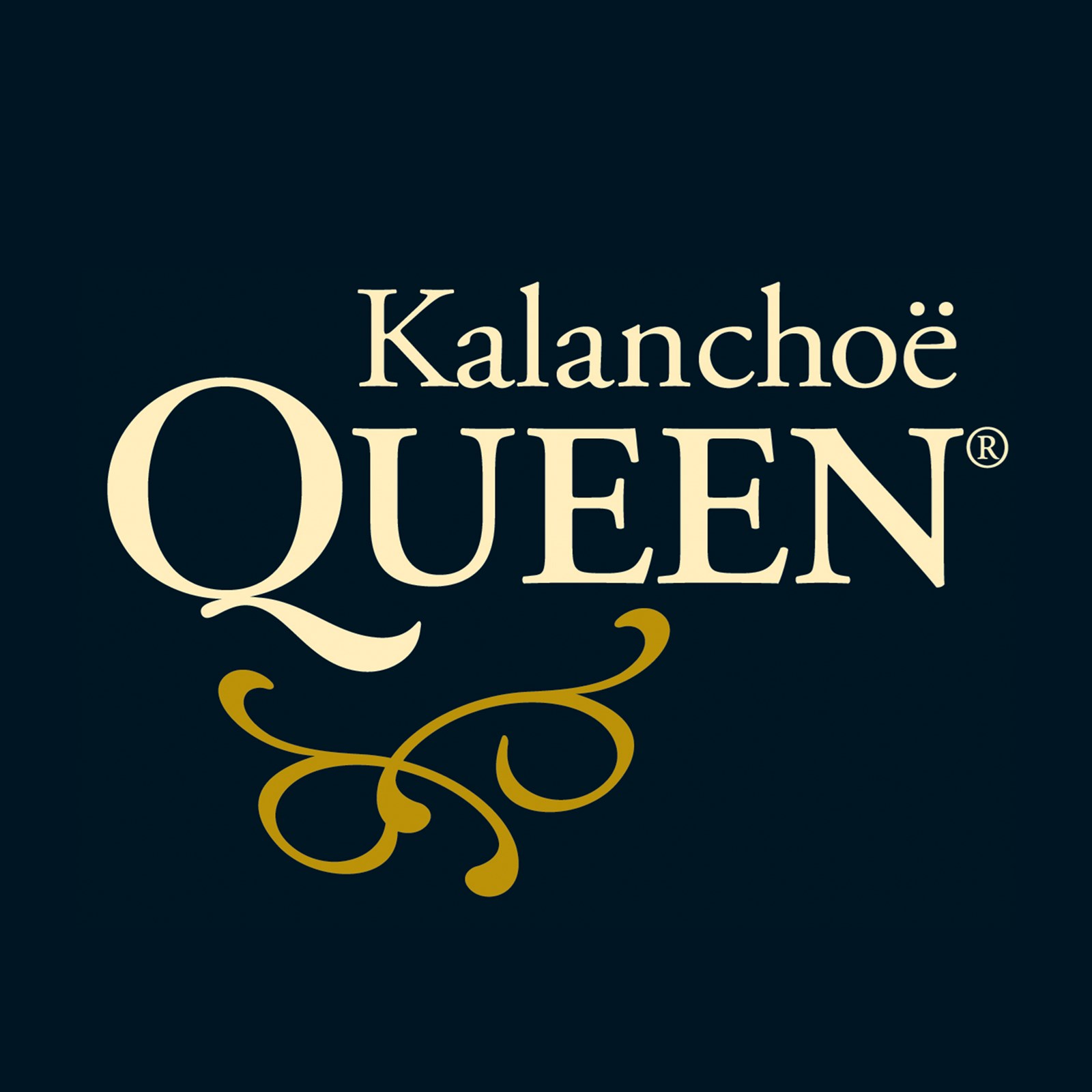
1994: Queen® Kalanchoe
The Queen Kalanchoe brand was launched in 1994 and became a huge success.The brand did not just function as a name and a logo. It became a sign of the company's goal to become the absolute best within their field. Everyone in the industry knew what Queen Kalanchoe stood for: premium quality, superior longevity and a constant development of new products and colours. It was Knud and Ellen's son, Frands, who brought the initiative into the company and began to pull the nursery in a more modern direction.
1997: Third generation takes over
In 1992, the son Frands joined the company and only five years later he became Managing Director. Through education and work experience, Frands had shown that he was a skilled businessman with great knowledge of the trade. There was no doubt that he was the right person to take over the nursery, together with his wife Louise.
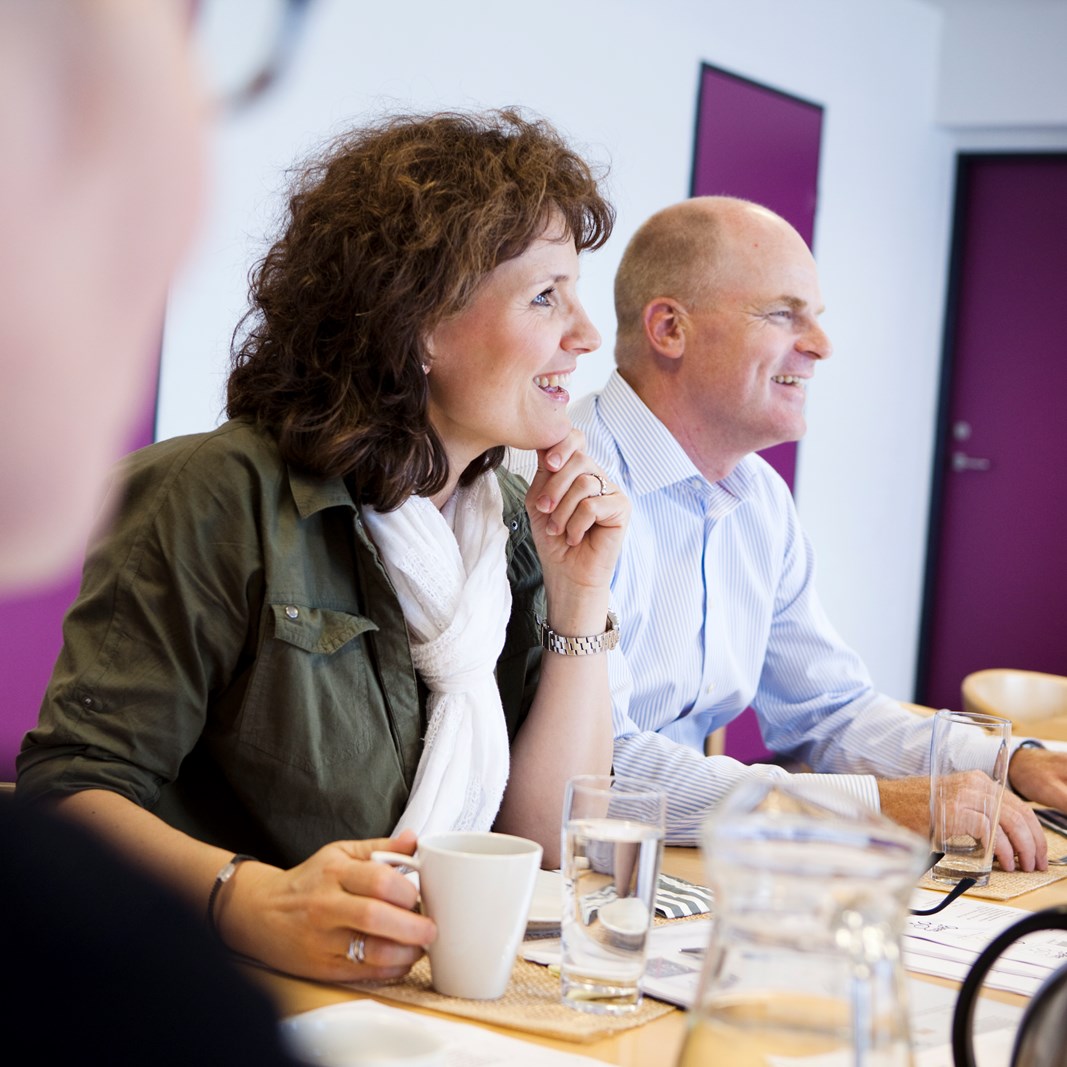
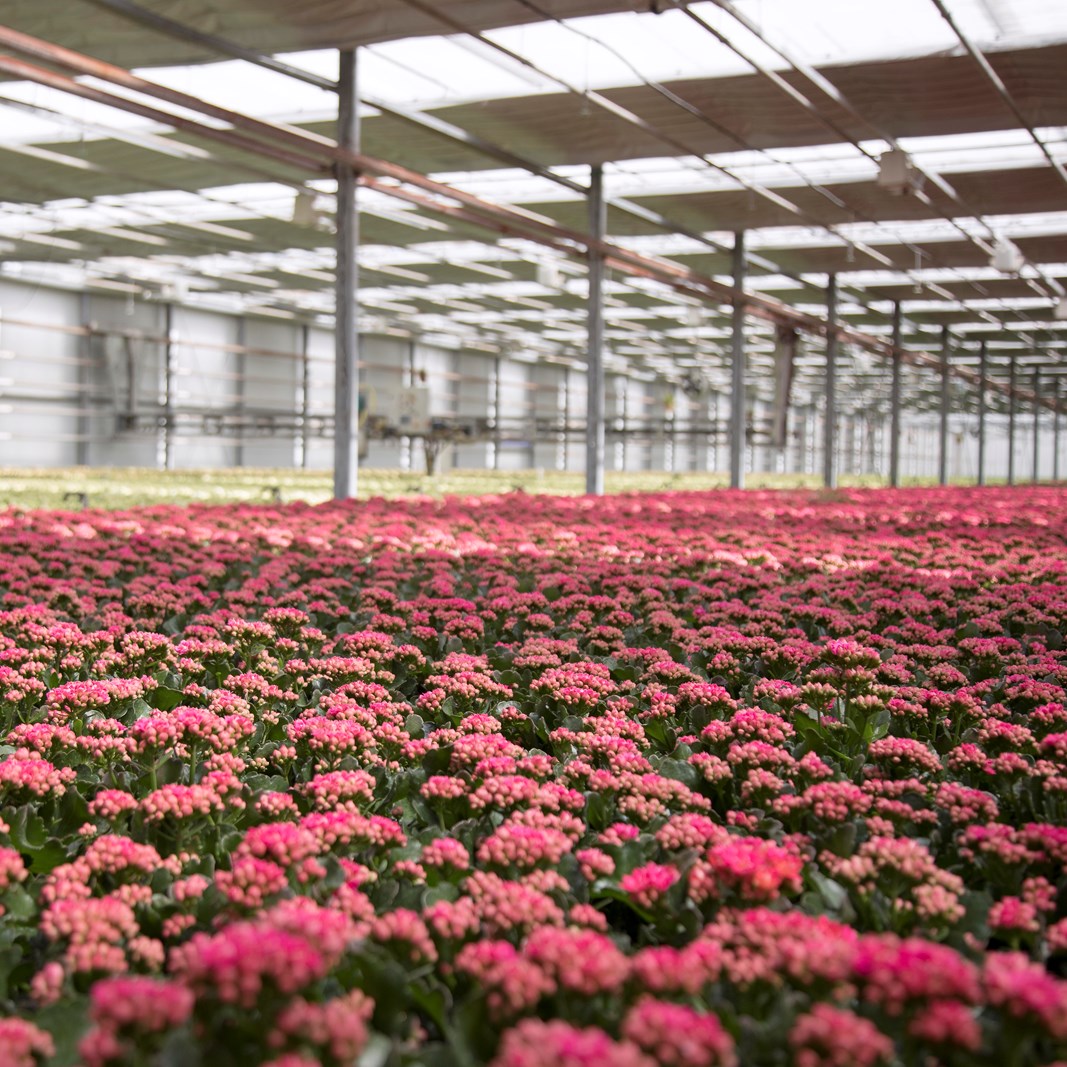
1998: An important step for the environment
The nursery was registered with the Dutch environmental certification system, MPS, in 1998. The MPS system was seen as a good example of future international standardisation for climate-friendly horticulture. When A/S Knud Jepsen joined the MPS system, they committed themselves to register their use of plant protection products, fertiliser and energy consumption and waste management.
This was the beginning of the nursery’s future initiatives regarding sustainable production and protecting the environment. Read more here.
2002: RoseFlowers
The first double-flowering Kalanchoe was introduced in 2002 and went under the name RoseFlowers. They were remarkably different from the traditional Kalanchoes with only four petals.
RoseFlowers became a huge success. After only four years in production, the double-flowering Kalanchoe filled three quarters of the production in Korsholm. A/S Knud Jepsen also managed to patent the double-flowering flowers in North America and the EU.
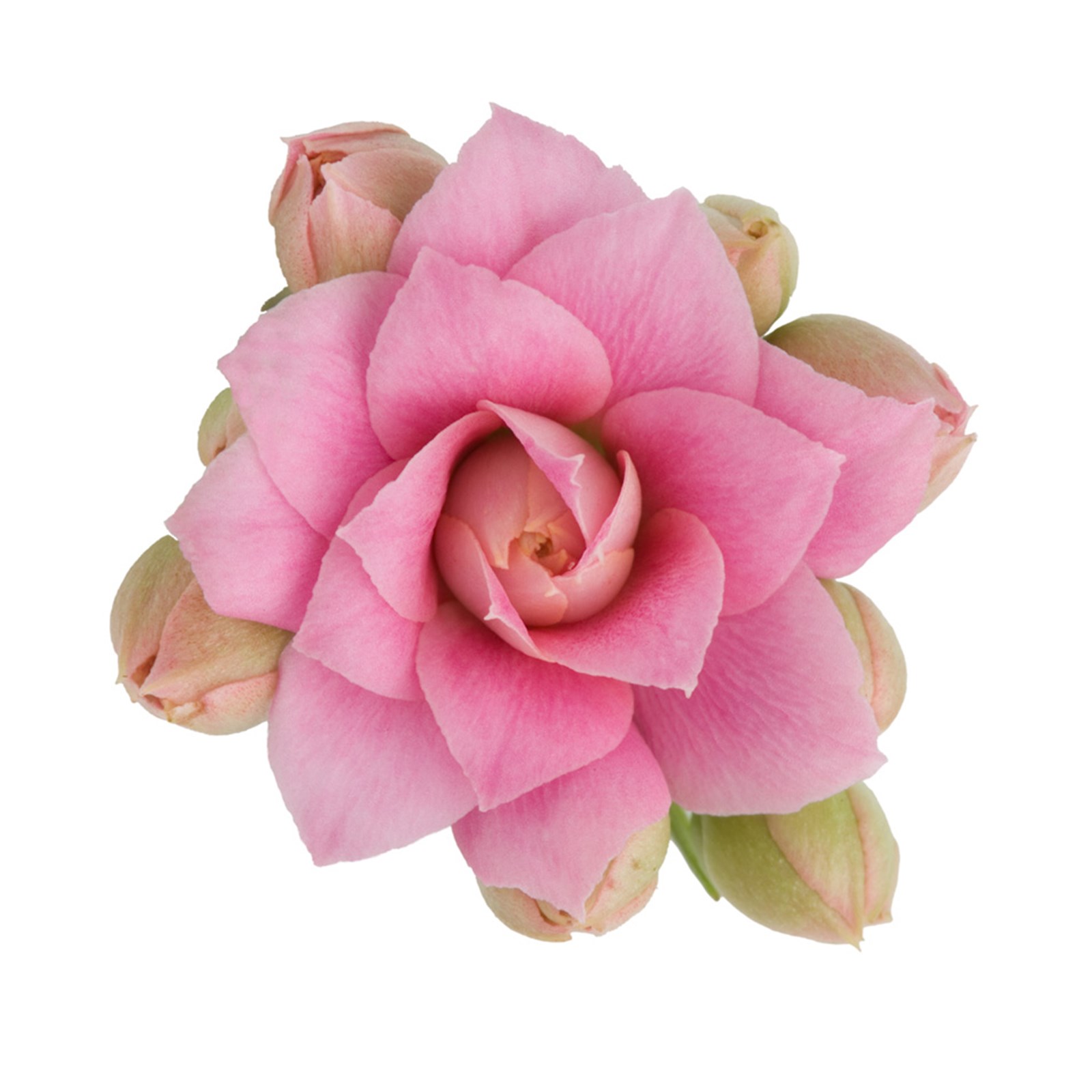
2004: Overseas production
A/S Knud Jepsen set up a contract production with Dalat Hasfarm in Vietnam to produce and supply quality cuttings.
2008: 120.000 square metres production area during the financial crisis
In the beginning of 2008, it was time to expand the production capacity once again. This was the nursery's biggest expansion to date and the total area of the nursery reached 120,000 square metres. Although 2008 got off to a good start, it was also the year when the whole world fell apart. The financial crisis roared through the horticultural industry, and A/S Knud Jepsen could not help but be hit - hard. When the crisis hit, the nursery found it hard to sell its plants. It would be a few years before the nursery was back on track and able to take full advantage of the new greenhouse areas.
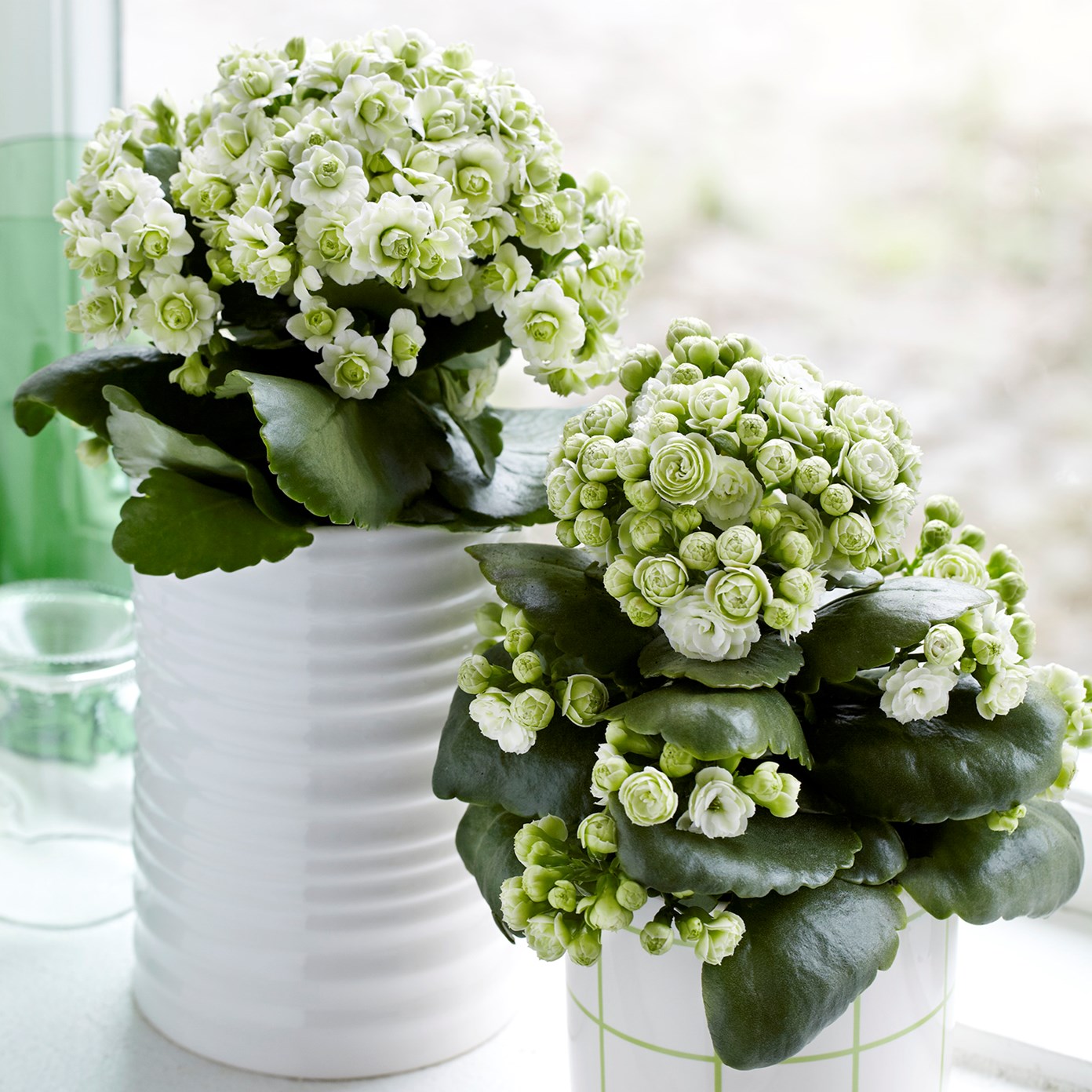
2010: MoreFlowers
In 2010, the nursery innovated the more popular MoreFlowers. These flowers were characterised by larger and more eye-catching blooms that stood beautifully for several weeks. MoreFlowers was an innovative and spectacular flower with 64 beautiful petals that had never been seen on the market before.
2010: Queen® Türkiye is established
After experiencing the great success of overseas contract production in Vietnam, the management of A/S Knud Jepsen agreed to start their own production abroad. In 2010, Queen® Türkiye was founded in Turkey and Lars Korup was head of the new establishment. The purpose was to keep up with the high demand and expand to the Turkish market.
The Korup brothers, Lars and Søren, had a great influence on A/S Knud Jepsen. Lars led the creation of Queen® Türkiye, while Søren was responsible for the production in Denmark. In 2014, Lars and Søren became co-owners with 10 percent of the shares in A/S Knud Jepsen.
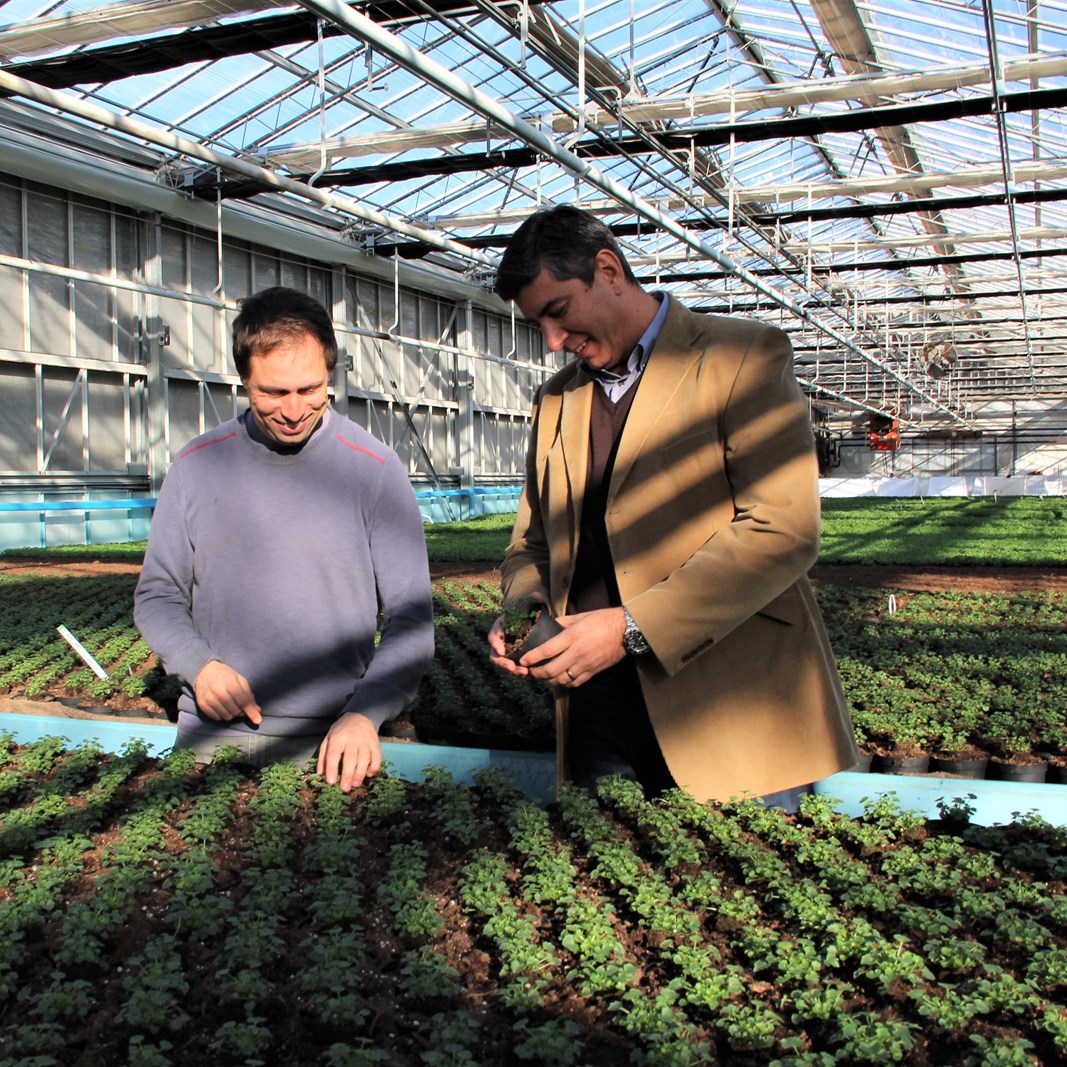
2011: The Queen® brand
For some time, the nursery had referred to its brand name as 'Queen'. In 2011, the company took the plunge and officially changed its name and logo. The new logo was a modernisation of the old logo. It was launched alongside a brand new range of packaging that both supported and highlighted the elegant products. However, it was decided to develop a more contemporary logo in 2013 that represented what the brand Queen had become. The brand we know today. The new visual identity was implemented in all aspects of the company and in marketing to the modern consumer.
2012: CutFlowers
The first cut flowers were introduced to the market in 2012 and were launched as Queen CutFlowers. It was a completely new innovation, not yet seen within the Kalanchoe category. The flowers had an exceptional longevity and the water remained clear and scent-free. They flowered for several weeks in a row, which was a ground-breaking invention in the field of cut flowers.
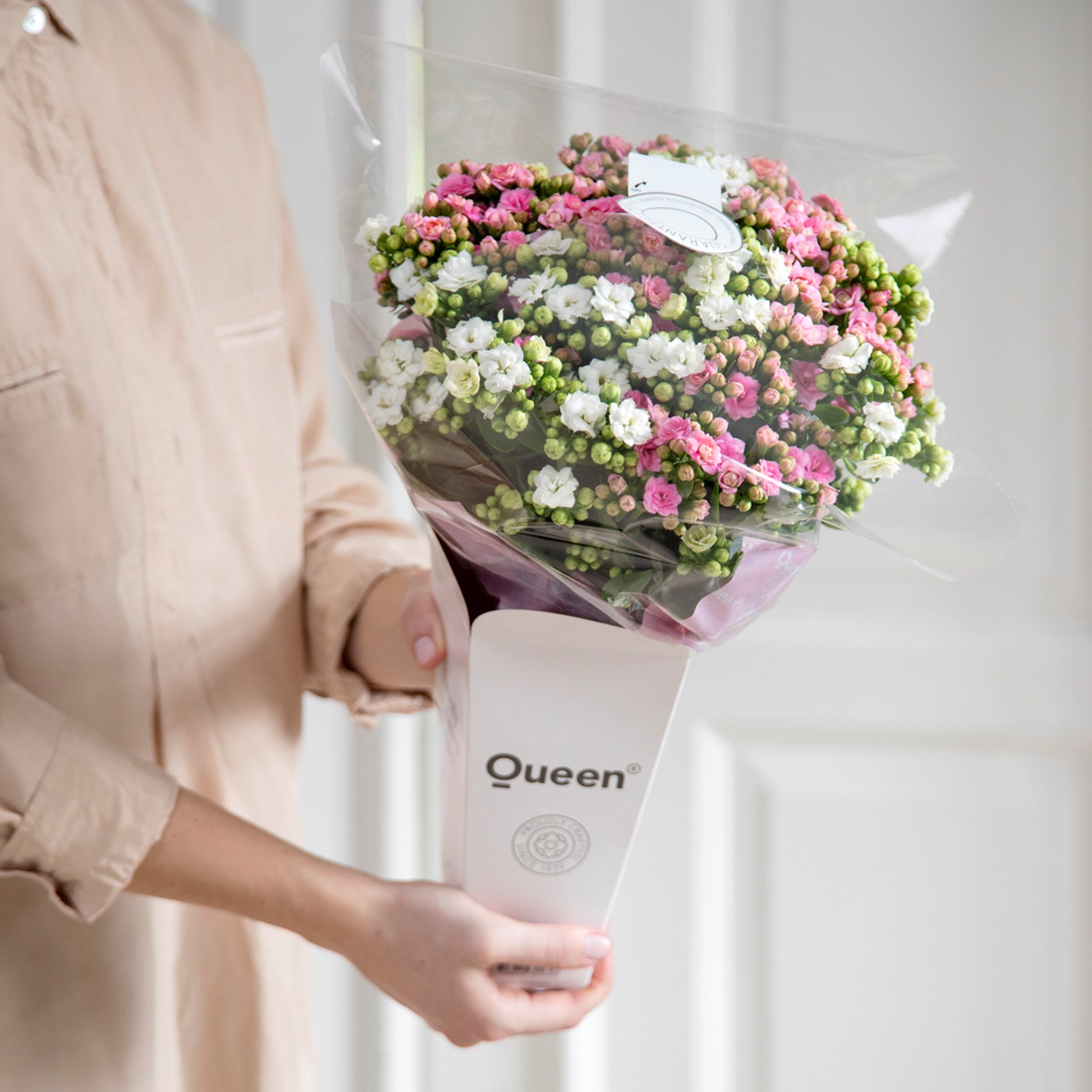
2013: Marketing directly to the end consumer
2013 was the year Queen threw itself into business-to-consumer marketing. The nursery had built a good, solid brand around their products in the trade, but all the good stories about the products and the nursery's everyday life were not being communicated to consumers. A/S Knud Jepsen felt that this was a must.
So a flower universe had to be created, in which consumers could see themselves and were inspired to bring the flowers into their homes. The branding aimed to make Queen a preferred choice of flowers and especially Queen CutFlowers helped to market the Queen brand as a feminine, elegant and strong brand.
2014: Queen® Genetics
2014 turned out to be an important year for Queen. The company A/S Knud Jepsen was split into two business units - Queen® Flowers and Queen® Genetics. Queen® Flowers continued with the usual production and sales of Kalanchoe. Queen® Genetics took over and upgraded the nursery's product development work. It moved from focusing exclusively on Kalanchoe to opening up product development to more species. Soon Queen Genetics had developed and improved several different species including succulents, dahlias, asters, euphorbia, hebe and roses.
2015: Green Entrepreneur of the Year
Over the years, Queen had received many awards, but the award that was among the most important was when the nursery won 'Green Entrepreneur of the Year' in 2015. In particular, the investment in product development and energy improvements stood out in the decision to award Queen the prize.
2018: ElseFlowers
In 2018 Queen was once again able to excel with a new product on the market - the two-coloured ElseFlowers. ElseFlowers immediately won international awards and became a great success. No one had succeeded in developing two-coloured Kalanchoe before, so the new ElseFlowers from Queen were a unique and groundbreaking development on the market.
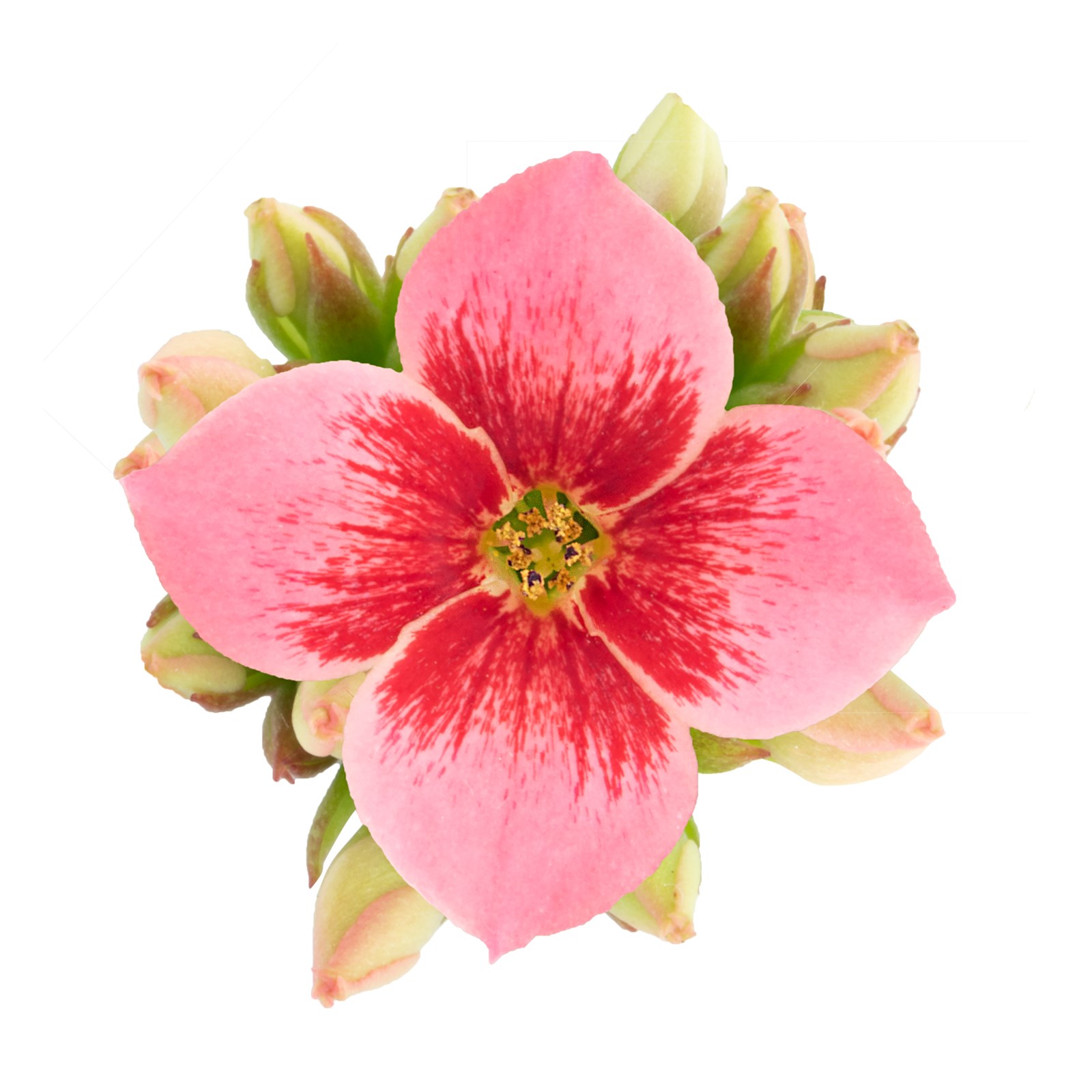
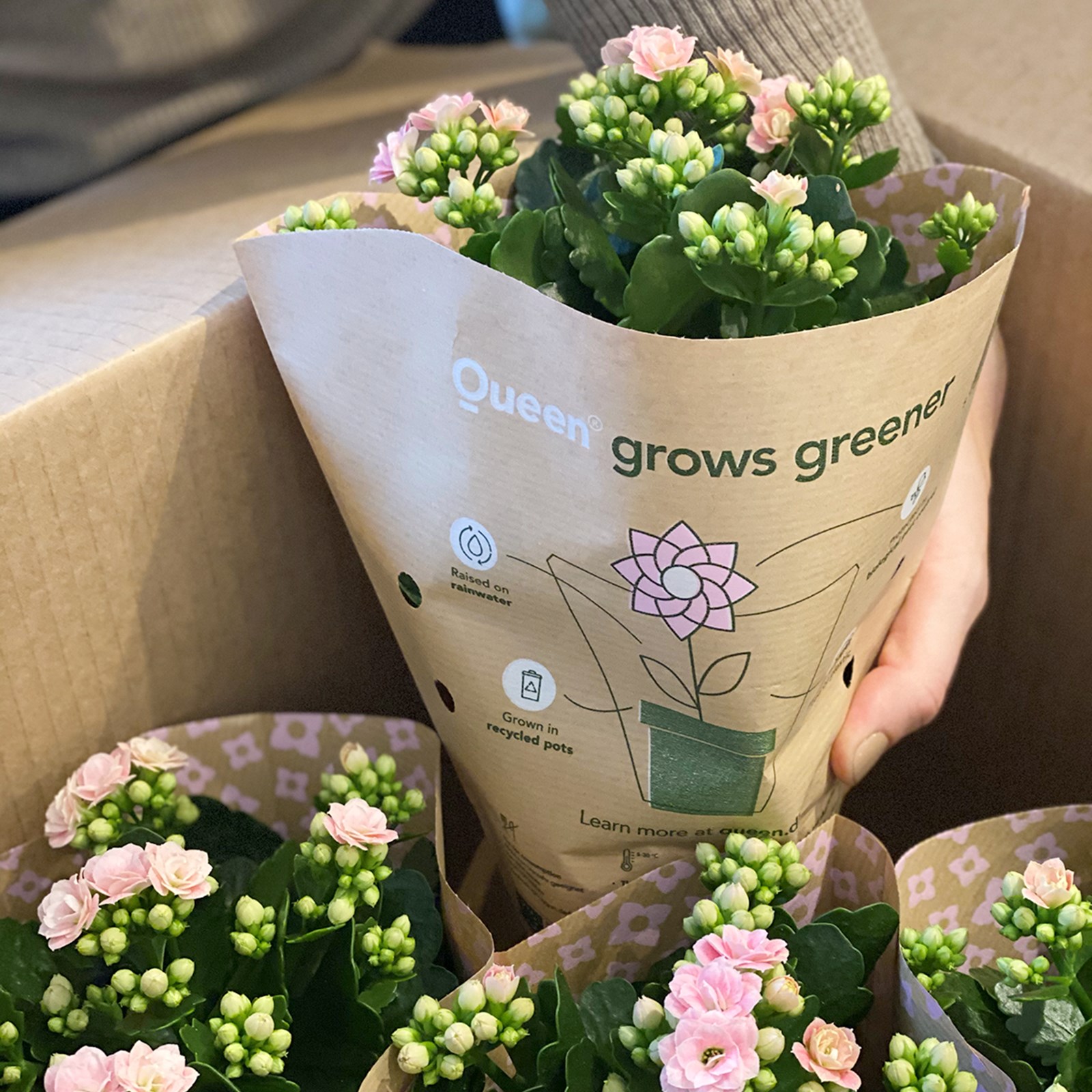
2019: Queen® Grows Greener
In 2019, Queen decided to bring all their sustainable initiatives into a new communication strategy - Queen Grows Greener. With Queen Grows Greener, there was a renewed focus on the company's work towards becoming a healthier, stronger and more sustainable brand. All the things the nursery had worked hard to achieve over the past 20 years needed to be communicated to customers - both chains, wholesalers and end consumers. Read more here.
Today
Today Queen® is known to the consumers as Queen® Flowers - a leading flower brand and supplier, produced by one of the world's most award-winning horticulture. Our mission is to make every day more beautiful with sustainable, long-lasting plants and flowers that meet the interests and needs of the modern consumer. We want to spread joy and ornamental value in every home.
